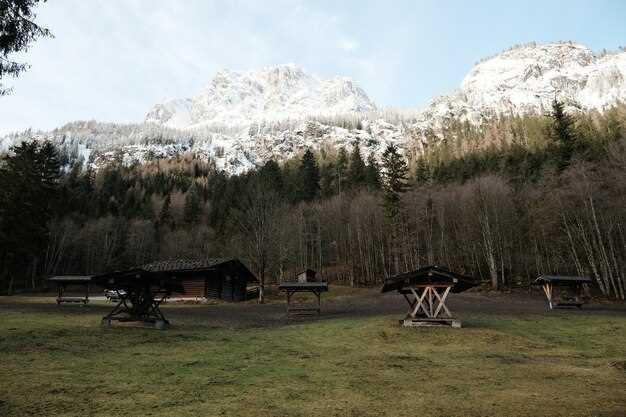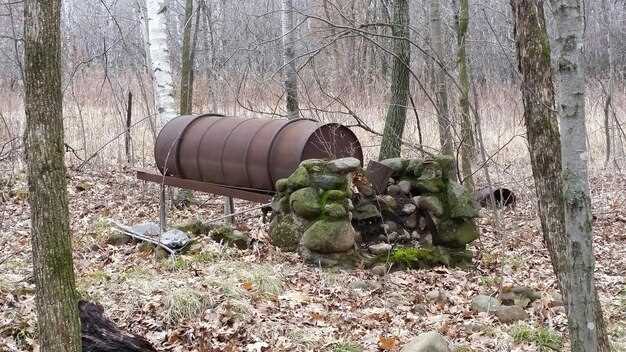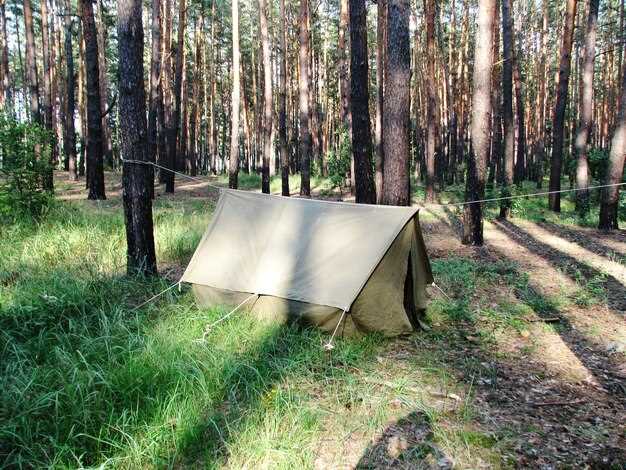
Durable hunting tents and shelters for the field

For outdoor enthusiasts and seasoned hunters alike, having the right equipment can make all the difference between a successful expedition and an uncomfortable experience. Among the essential gear is the hunting tent, a critical shelter that provides protection from the elements while offering a comfortable space for rest and preparation. Durability is paramount when selecting a hunting tent; it must withstand harsh weather conditions, including rain, snow, and wind, while being easy to transport and set up in remote locations.
Hunting tents vary in size, style, and materials, catering to different needs and preferences. Whether you are planning a solo trip or an expedition with a group, understanding the features that contribute to the longevity and performance of field shelters is essential. Quality construction not only ensures that the tent can withstand extended use in rugged environments but also contributes to the overall safety and comfort of hunters in the field.
In this article, we will explore the various types of durable hunting tents available on the market today, highlighting the features that make them ideal for outdoor adventures. From lightweight models suitable for backpacking to robust shelters designed for extended stays, the right hunting tent can enhance your overall experience and ensure that you are prepared for whatever nature throws your way.
Choosing the Right Weatherproof Materials for Hunting Tents
When it comes to selecting a hunting tent, the choice of weatherproof materials is crucial for ensuring comfort and protection in the great outdoors. The right materials can make a significant difference in your overall experience during unpredictable weather conditions.
1. Fabric Type: Look for tents made from durable fabrics such as nylon or polyester. These materials are lightweight yet strong, providing excellent resistance against tears and abrasions. Additionally, they often come with a waterproof coating, which is essential for keeping you dry during rain or snow.
2. Waterproof Coating: Ensure that the tent has a high-quality waterproof coating, such as polyurethane (PU) or silicone. These coatings can effectively repel water and prevent leaks. Pay attention to the hydrostatic head rating; a higher rating indicates better waterproof performance.
3. Seams and Stitching: The seams of the tent should be sealed or taped to prevent water from seeping in. Double-stitched seams are preferable, as they provide additional strength and durability. Check that the stitching quality is high to avoid potential weak points that can compromise the weatherproofing.
4. Flooring Materials: A robust and waterproof floor material is vital for hunting tents. Look for options made from heavy-duty polyethylene or nylon, which can withstand wet conditions without leaking. The floor should also have a higher hydrostatic head rating for enhanced water resistance.
5. UV Resistance: In addition to being waterproof, the materials used should also provide UV protection. Prolonged exposure to sunlight can weaken the fabric over time. Select a tent with UV-resistant properties to extend its lifespan, especially if your hunting trips are in sunny locales.
6. Ventilation: Good weatherproofing also includes proper ventilation. While the outer materials should keep moisture out, the tent should have mesh panels or vents that allow air circulation, reducing condensation build-up inside.
By carefully considering these factors when choosing your hunting tent, you can ensure that you are well-prepared for the challenges of nature, keeping you comfortable and safe throughout your outdoor adventures.
Setting Up and Maintaining Your Hunting Shelter in Challenging Conditions

Establishing a hunting shelter in challenging environments requires careful consideration and preparation. First, select a weatherproof tent or shelter that can withstand the elements, including wind, rain, and snow. Opt for materials that are durable and resistant to moisture, ensuring that your shelter remains dry and comfortable throughout your hunting trip.
When you arrive at your chosen site, assess the landscape for natural windbreaks, such as trees or hills. Position your shelter downwind from these barriers to minimize exposure to harsh weather. Ensure that the ground is level and clear of debris to provide a stable foundation for your hunting shelter.
Next, secure your tent properly. Use stakes to anchor your shelter firmly to the ground, and consider utilizing guylines for added stability, especially in windy conditions. It’s essential to orient your hunting shelter in a way that maximizes both sun exposure and protection from prevailing winds. Always double-check for any loose seams or openings that may lead to water ingress.
Maintaining your hunting shelter is equally important. Regularly inspect for any signs of wear or damage, particularly after inclement weather. Clean the exterior and interior to prevent mold and mildew, which can compromise the shelter’s integrity and your comfort. If feasible, apply a weatherproofing spray to enhance water resistance and extend the life of your hunting shelter.
Finally, practice proper packing techniques when breaking down your tent. Ensure it’s dry before storing to avoid mildew growth. A well-maintained hunting shelter will serve you effectively in challenging conditions and provide a reliable base for your outdoor adventures.
Top Features to Look for in a Hunting Tent for Optimal Performance

When selecting a hunting tent, several key features can significantly enhance your outdoor experience. First and foremost, consider the tent’s weather resistance. A durable hunting tent should be made from waterproof materials and have a reliable rainfly to ensure you stay dry during unexpected downpours.
Ventilation is another critical factor. Adequate airflow helps prevent condensation buildup, which can be uncomfortable and detrimental to your gear. Look for tents with mesh panels and adjustable vents that allow for excellent airflow while keeping bugs at bay.
Portability and ease of setup are essential for hunters on the move. A lightweight and compact design will facilitate transport, while easy-to-follow assembly instructions will save you valuable hunting time. Tents that come with color-coded poles and clips can make setup even more straightforward.
Durability is paramount in a hunting tent. Seek models constructed from tear-resistant fabrics with reinforced seams and stakes. This ensures that the tent can withstand harsh outdoor conditions and frequent usage without compromising its integrity.
Partitioning features can enhance functionality. Tents with internal dividers allow for separate sleeping areas or storage zones, providing privacy and organization for your hunting gear.
Lastly, consider the overall size and capacity of the tent. Ensure it offers adequate space for you and your hunting companions, allowing for comfortable movement and storage of gear. A tent that is too cramped can hinder your experience, while one that is too large may be cumbersome to transport.




